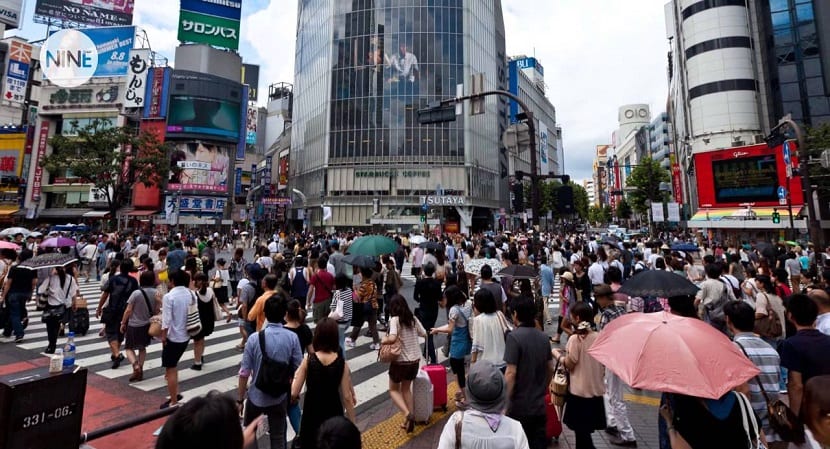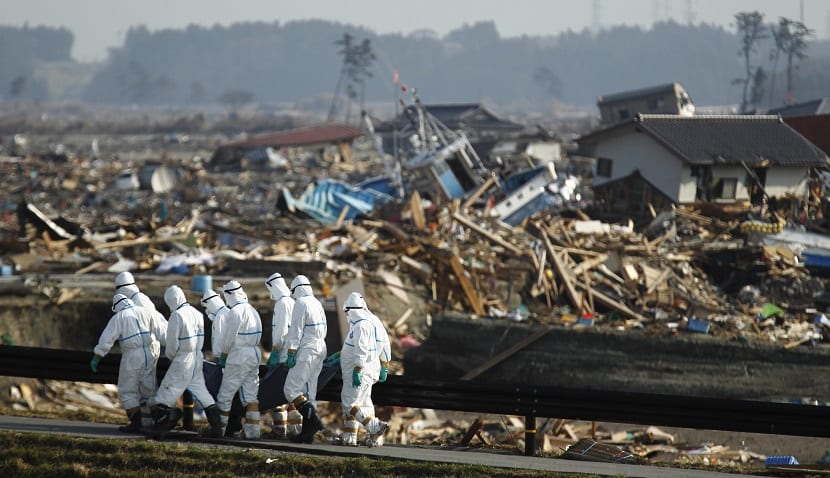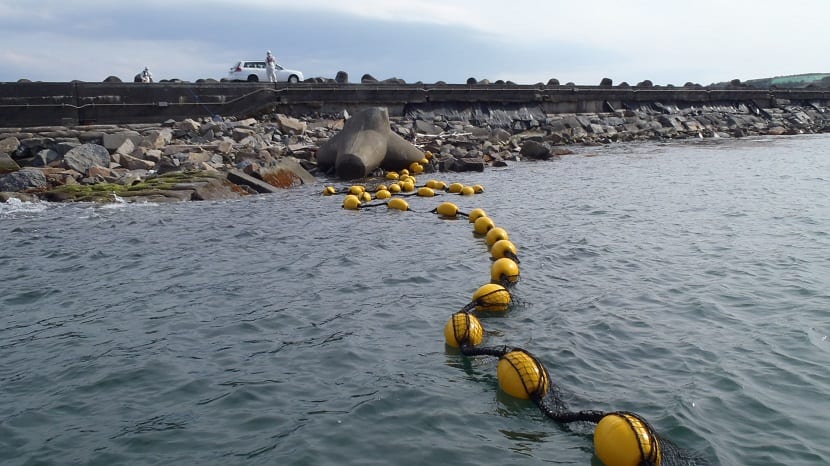
Japan is a country that faces earthquakes very often, so the precautionary and preventive measures that must be taken are quite large. Six years ago since the earthquake that shook Japan and that led to a nuclear catastrophe that made history since the Chernobyl incident, known as the Fukushima nuclear accident.
It is true that a disaster of these characteristics does not occur very frequently, however, it destroys a large part of the important infrastructure for society and damages it itself. Japan has to take these things into account in order to safeguard citizens and maintain the good state of the country. What are the consequences of a type of disaster like this?
The Fukushima nuclear accident

On March 11, 2011, a devastating earthquake of almost 9 degrees of magnitude 130 kilometers off the Japanese coast and a subsequent tsunami killed the lives of more than 18.000 people and were the origin of the still worrying Fukushima nuclear crisis.
Due to its situation with respect to plate tectonics and meteorological situation, Japan is the most prepared country in the world to manage the consequences of natural disasters. Due to the great frequency with which extreme events such as typhoons, earthquakes, etc. The Japanese are prepared to cushion or at least reduce the damage and the number of victims affected during these episodes.
The deaths that took place in 2011 were for different reasons. Less than 10% of those who died did so due to the earthquake, so we can highlight the preparation for this type of event. The rest of the deaths were from drowning from the tsunami that was triggered by the earthquake. If we compare it to a major earthquake that took place in Kobe in the year 1995 in which 80% of deaths were due to rubble, we can say that Japan is improving its security and prevention systems.
Risks faced by the Japanese

To face great and frequent risks such as earthquakes, the Japanese have designed the construction of buildings to be proof of these. This construction tool has become a key piece when it comes to proposing new measures to mitigate other types of risks, such as the one they now have with the vulnerability of nuclear power plants.
To learn the lesson well, it is recalled that the Fukushima nuclear incident is not over yet and that the importance of taking precautionary measures is vital. The Fukushima nuclear accident is the most serious since the 1986 Chernobyl (Ukraine) accident. Reactors were severely damaged after the earthquake and subsequent tsunami, and today it still supports 40.000 displaced people.
Polluted waters continue to be a problem for the population, although radiation is controlled in land areas and crops. What Japan lacks is to seek and study different forms of energy that are safer than nuclear, for example renewable energy. These nuclear accidents should leave lessons that can be learned in order to help improve the future of energy.
Alternative energy sources

In order to make a comparison of what Japan needs to improve in terms of energy and security, a small example has been made with Spain. While in 2015, Spain had 40% of electricity generation through renewables, Japan was only 14%.
Before the Fukushima incident, no one cared about the source from which the power was generated. However, you should think about the energy source since you will be choosing the future.
Faced with the threats of possible extreme events such as tsunamis, Japan has installed new prevention tools such as signs, loudspeakers and infrastructure to mitigate the effects. In addition, the Japanese government has devoted a great deal of resources to marking tsunami risk areas and preparing coastal facilities.
In a country that accumulates 20% worldwide of all earthquakes of at least 6 degrees on the Richter scale, the preparation of the population is of vital importance.